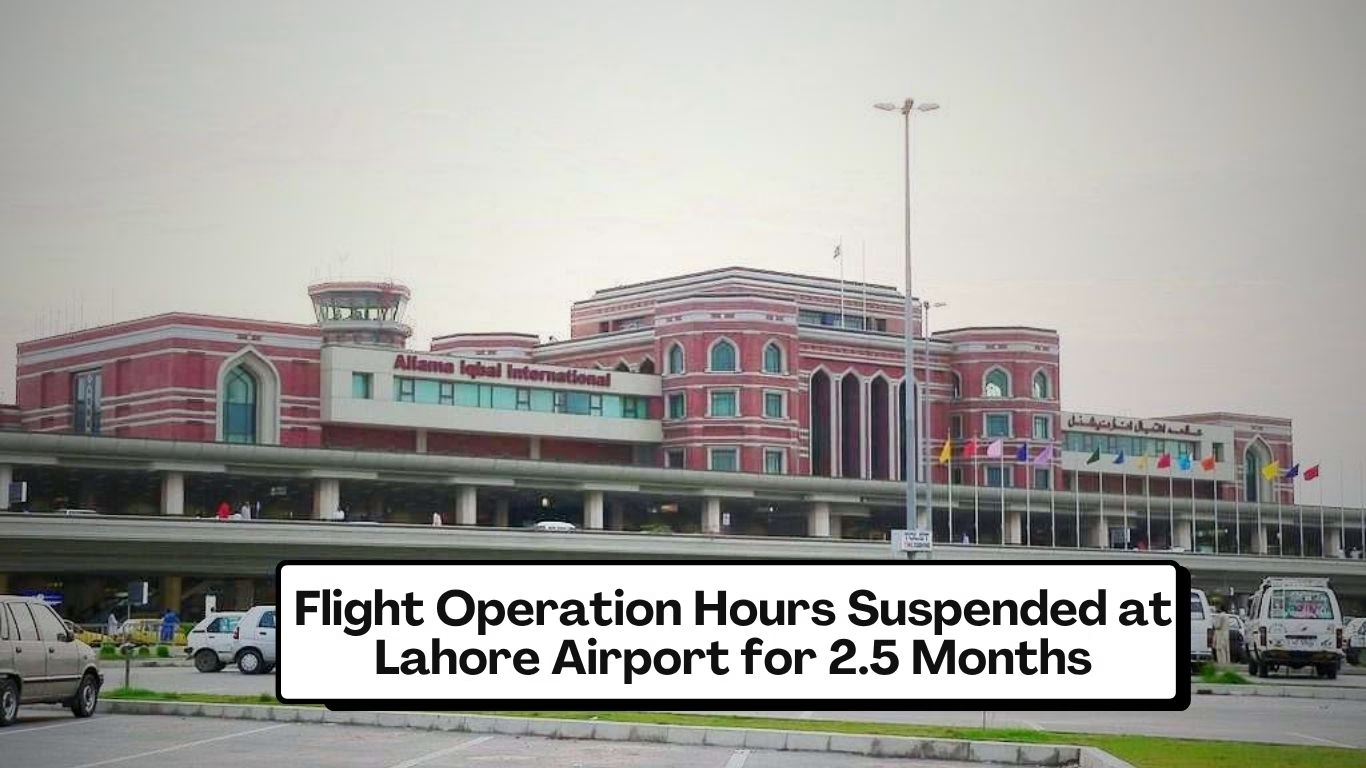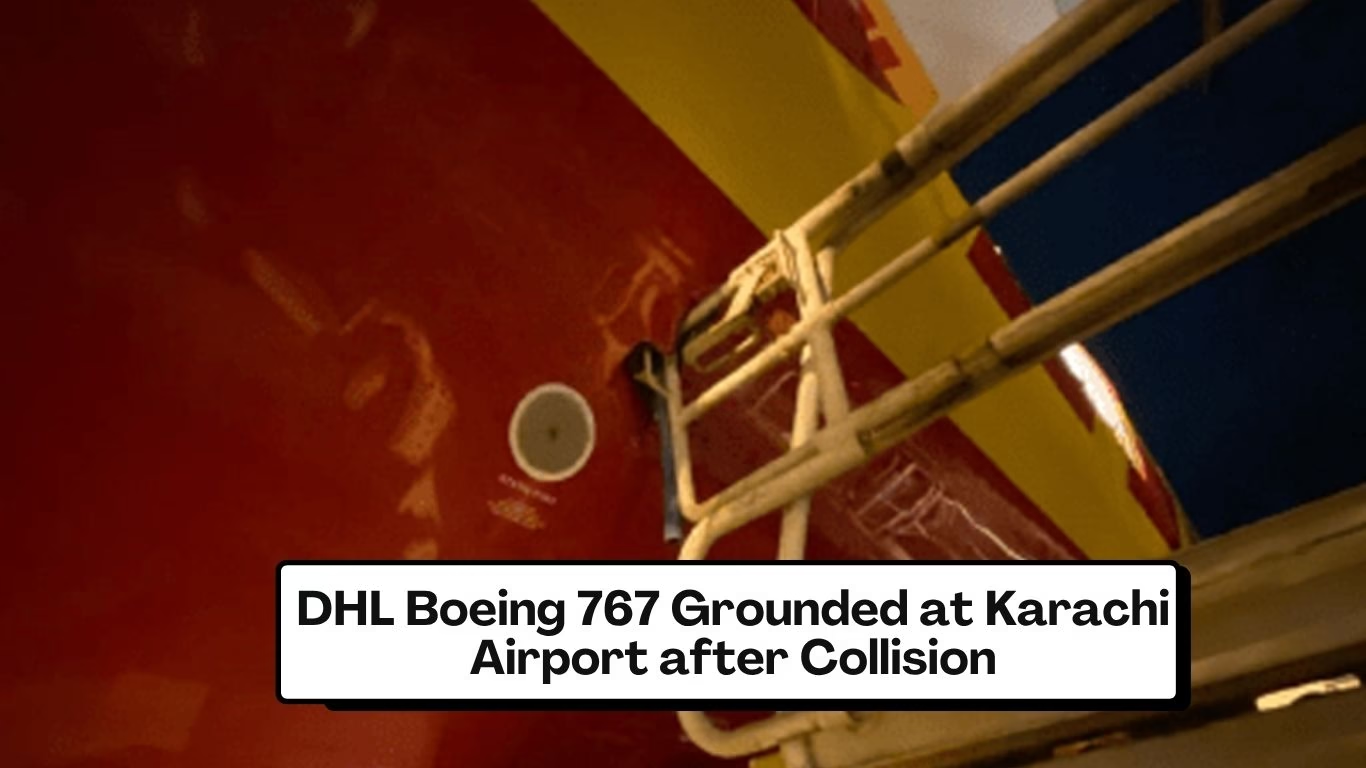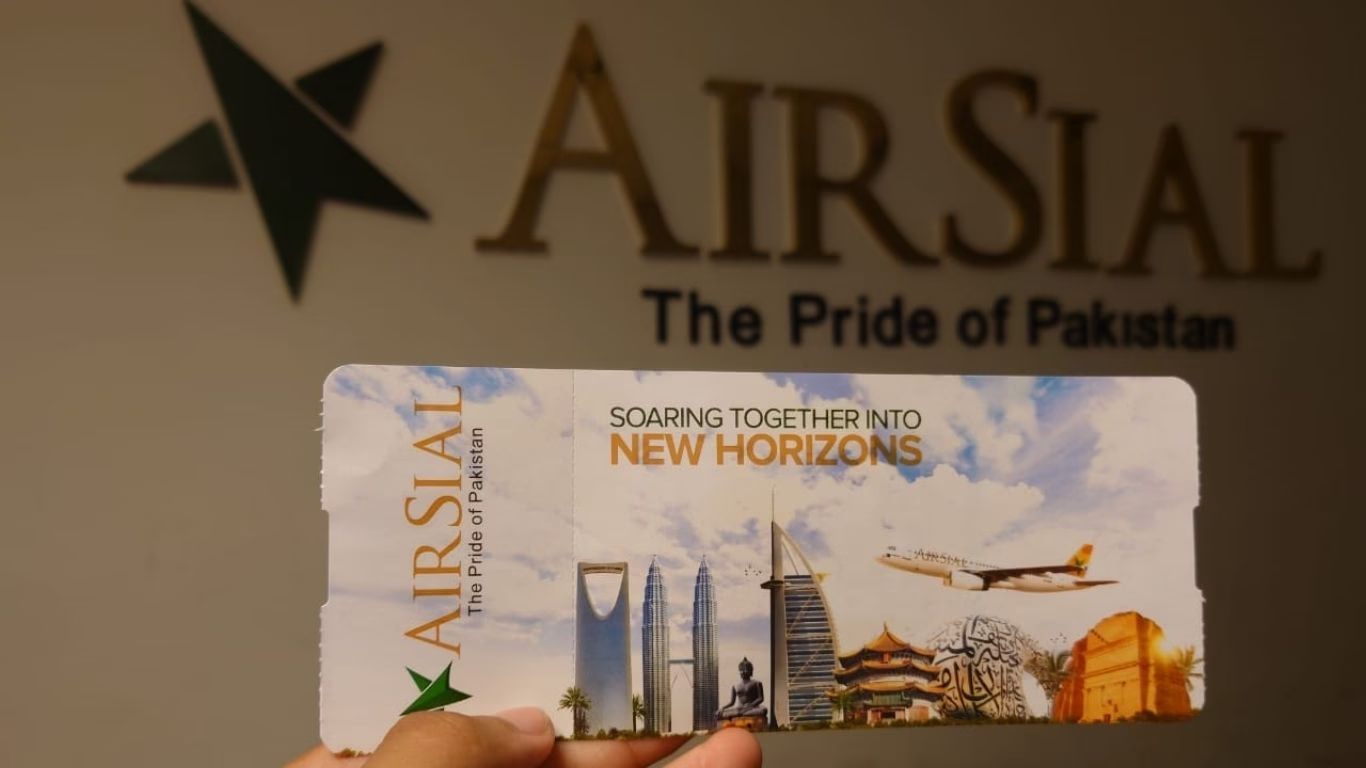Different Airlines Business Models
Following are the different types of airlines business models:
- Traditional airline
- Regional airlines
- Low-cost carriers
- Cargo airlines
- Integrators
Traditional airline also known as full-service carriers operates a fleet of large jet aircraft. They offer range of amenities and provide passenger, cargo, or both services. These carriers typically use a hub and spoke network to organize their route network.
The Regional airlines offer short-haul route services and operate small aircraft that have less than 120 seats in it. This business model can be a subsidiary of a major airline or a separate one like an independent company. In Pakistan, the Airsial or the SereneAir are the regional airlines.
The low-cost carriers as they suggest offer services at very low cost as possible. Although they also have extra facilities but it is up to you whether you want to get it or not because for every service you have to pay the price. The LCC generally uses point to point model to organize its network. There is also a subset of LLC which is Ultra LCC. Fly Jinnah is the LCC of the Pakistan.
The cargo or freight airlines have their primary main is to deliver goods rather than passengers. The cargo airline can offer scheduled, charter, or contract services. Airsial is the cargo carrier of Pakistan as it the base of Sialkot airport was eases of transportation of goods to the world.
The integrators are the organization which are offering door to door delivery of goods with an establish delivery time frame. These type of organizations have their own aircraft that are utilized for air travel so that they can provide better and more reliable services to the customers.
Understanding Airlines and Operations
The airline industry offers air transport services for paying customers. These air transport services are provided to passengers, cargo, and mail commonly via jets. Most airlines are scheduled which means their date and time of arrival and departure are already given or they operate charter flights. Charter flights are on-demand flights. We commonly associate commercial aviation with it, which means the organization charges fares and operates for profit.
Difference between the airline and aviation industry
Most of us mix these terms and think of as being synonymous but in reality, the airline deals with air transport services part and the aviation industry includes all aviation-related businesses like aircraft manufacturing, non-commercial flights, aerospace companies, or the regulatory authorities that are involved in research.
Role of management in airline industry
As we know that airline is a commercial business with the main aim to generate profit so, it is the role of aviation management team to set the strategic direction of an airline toward profitability. These directions are influenced by factors such as the economy, political influences, global health scares, and terrorist attacks. Now here comes the role of the competitive team which decreases the expense of operation by different means so, that they would have a good amount of profit.
Airline economics
In most of the world today the pricing of fares is set by the government by looking at the law of demand and supply graph. For this graph, the regulators get the equilibrium point on which they set the ticket fare. The equilibrium price is the point where supply equals demand which means the number of seats available at a specific price perfectly matches the passenger’s desire to travel and the fare they are willing to pay.
Revenue and market structure
As discuss above the airline generate profit either from passengers, cargo, or providing services.
Performance indicators
The airline uses 5 performance indicators to evaluate its operations
- ASK
The number of seats available to be sold on an aircraft* distance flown on a single route.
- CASK
Operating cost*ASK
- RPK
Number of paying passengers on an aircraft *distance flown on a single route
- Passenger load factor
RPK+ASK
- Yield
Ticket revenue+ RPK
Network design
There are three main structures for airline network design
- Hub and spoke
- Point to point p2p
- Gateway network
Codesharing and Alliances
Codesharing allows operating carriers to accept the code of a marketing carrier in essence creating two flight on a single aircraft. Through Codesharing airlines can establish a global virtual network that leverages the routes of other operators. This partnership is known as an airline alliance. Alliance benefits include cost synergies, a broader loyalty program, increased purchasing power, etc.
Transport of dangerous goods by air
Most of the dangerous goods in very large amounts are transported via air as this is a safe and quick mode of transport so, the ICAO has given a whole annex 18 about the safe transfer of dangerous goods. These dangerous goods are categorized into nine classes
Explosive, gases, flammable liquids, flammable solids, oxidizing materials and organic peroxides, infectious substances, radioactive materials, corrosive substances, and miscellaneous dangerous goods that are environmentally hazardous.






Leave a Reply